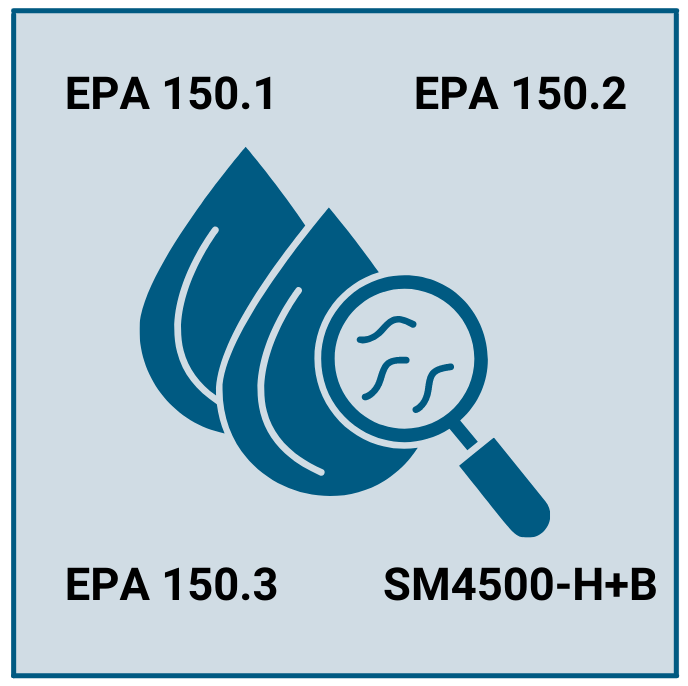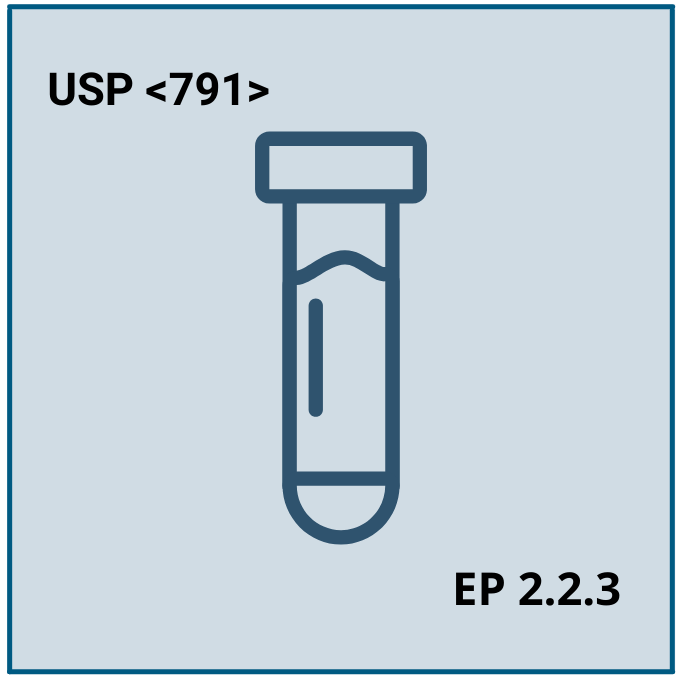pH buffers were initially developed to accommodate biomedical research’s increasingly strict pH control requirements. For example, growing mammalian cells in culture media is highly pH-sensitive; and a pH buffer can be used to help stabilize pH and ensure successful cell growth.

Image Credit: Inorganic Ventures, Inc.
A number of pH buffers are virtually transparent, having been designed for use in ultraviolet and invisible spectroscopy. These buffers exhibit a low pH range, making them highly suited for use in spectrophotometric determinations.
PH buffers are added during alcohol production prior to fermentation. This helps maintain the alcohol’s pH at a certain level, helping prevent acidity, which would adversely affect the product. pH buffer solutions are a crucial aspect of alcoholic drinks because the fermentation process itself leads to pH changes.
pH buffers are also needed in many fabric dyeing methods to retain the correct pH for the dye. This is important because an incorrect pH level can modify dye color and decrease its adherence to the fabric.
pH buffers are also central to the production of numerous cosmetic and personal hygiene products. These ensure that the product’s pH remains neutral or slightly alkaline, reducing the risk of highly alkaline or acidic products that could cause skin irritation.
What are pH Buffers?
pH buffers are distinct solutions able to prevent significant variations in pH levels. Each pH level produced has a specific buffer capacity and buffer range.
In this context, ‘buffer capacity’ indicates the amount of acid or base that can be added before notable pH changes occur. Buffer capacity may also be described as the amount of additional strong acid or base needed to change the pH of a liter of a solution by one pH unit.
The buffer range is the pH range within which a buffer is able to effectively neutralize added acids and bases while maintaining a constant pH. This is especially important for reactions or processes which necessitate the use of steady, specific pH ranges.
A solution’s pH is measured on a scale of 0-14. This is also a temperature-dependent property.
Techniques that Use pH Buffers
A number of notable Environmental Protection Agency (EPA) methods make use of pH buffers. These include:
- SM4500-H+B - Electrometric method for water analysis - this method outlines issues linked to mold and microbial growth
- EPA 150.2 - Continuous pH measurement of the water sources listed in 150.1, other than acid rain
- EPA 150.3 - Analysis of drinking water
- EPA 150.1 - Analysis of drinking, surface, saline, domestic and industrial wastes and acid rain

Image Credit: Inorganic Ventures, Inc.
EPA and Standard Methods recommend the use of a two-point calibration which brackets the pH range to be tested. The methods also highlight that these calibration points should be three or more pH units apart – for example, EPA 150.3 advises pH 7 and pH 10 as calibration points and pH 4 as a point to confirm the calibration.
Any secondary buffers employed should be certified using NIST standards.
pH buffers are also recommended as part of a number of United States Pharmacopeia (USP) and European Pharmacopeia (EP) methods. These include:
- EP 2.2.3 – Potentiometric determination of pH in quality control of pharmaceutical products
- USP <791> – Potentiometric determination of pH of pharmaceutical and patient care products, food and beverage and supplements

Image Credit: Inorganic Ventures, Inc.
Both the USP and EP standards for testing pharmaceutical products identify analogous techniques for performing these analyses. Both techniques make use of a calibration curve with two or more points.
A calibration procedure in the EP standards stipulates that pH 4 should always be used with another buffer of a different pH – typically pH 10.
The USP technique specifies that the meter should be calibrated with two or more buffers. These buffers should maintain a distinction of 4 or less, and the anticipated pH of the sample under analysis should always fall between the buffers selected - typically pH 4, pH 7 and pH 10.
These methods also employ differing temperature conditions. For example, EP 2.2.3 states that measurements must be performed at temperatures between 20-25 °C, while USP <791> necessitates the use of a temperature range of 25 ± 2 °C.
One notable difference between these methods is that the permitted margin of error varies significantly. EPA 2.2.3 requires that the value of the buffer used to confirm calibration does not alter by more than 0.05 pH, while USP <791> requires a smaller range of ±0.02 pH.
Both the EP and USP are considered legally binding, and these are enforced by their respective government agencies. Each plays a central role in ensuring the health and safety of their respective regions.
pH Buffers from Inorganic Ventures
CRMs offer a distinct combination of support, confidence and control – essential considerations for any analyst to ensure proper pH meter calibration in line with the methods discussed.
Inorganic Ventures’ proprietary microbial prevention agent ensures that buffers reach their destinations safely and ready to use, making them ideal for a wide range of pH analysis needs.
The company’s pH buffers are fully NIST-traceable, manufactured and tested in line with ISO 17034 and ISO 17025 guidelines. All standards are provided with a comprehensive Certificate of Analysis (CoA), highlighting relevant certified values for a range of temperatures.

Image Credit: Inorganic Ventures, Inc.
Standards are also packaged using Transpiration Control Technology (TCT), ensuring scientific integrity for up to 5 years from the date of manufacture. NIST-traceable standards are certified within 5% of the nominal values and provide uncertainties of no more than 0.05 pH units.
Source: Inorganic Ventures, Inc.
| Product Offerings |
| pH 1.68 |
| pH 2 |
| pH 3 |
| pH 4 |
| pH 4.01 |
| pH 5 |
| pH 6 |
| pH 6.86 |
| pH 7 |
| pH 8 |
| pH 9 |
| pH 9.18 |
| pH 10 |
| pH 10.01 |
| pH 11 |
| pH 12 |
| pH 12.45 |
| pH 12.47 |
pH 4, pH 7 and pH 10 are also available as colored solutions.

This information has been sourced, reviewed and adapted from materials provided by Inorganic Ventures, Inc.
For more information on this source, please visit Inorganic Ventures, Inc.